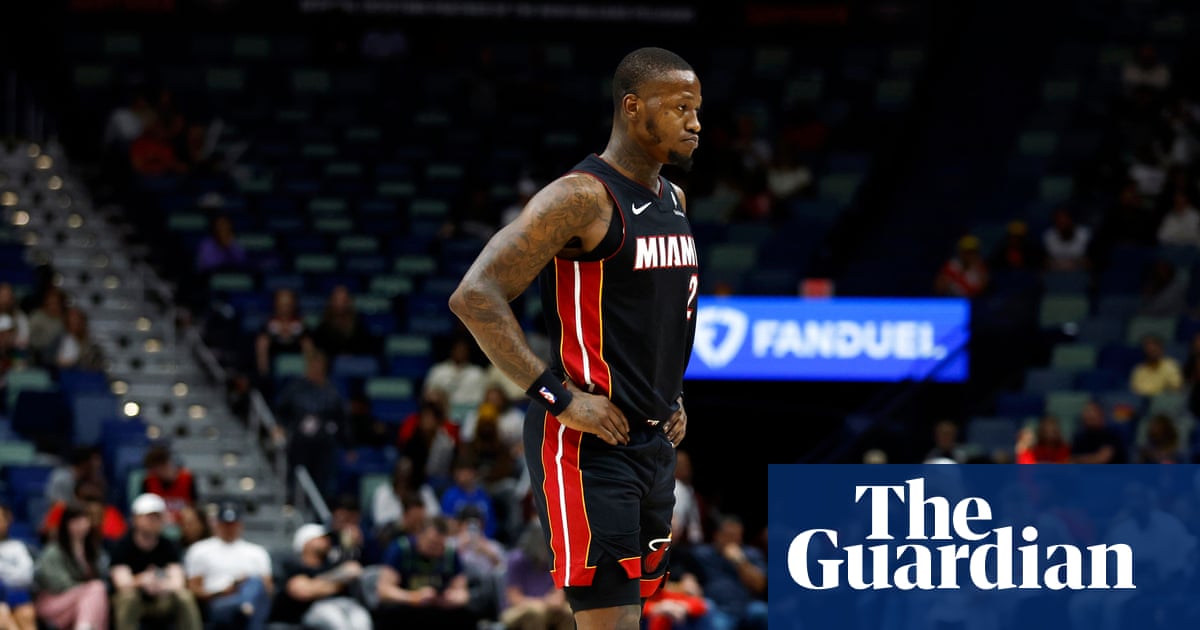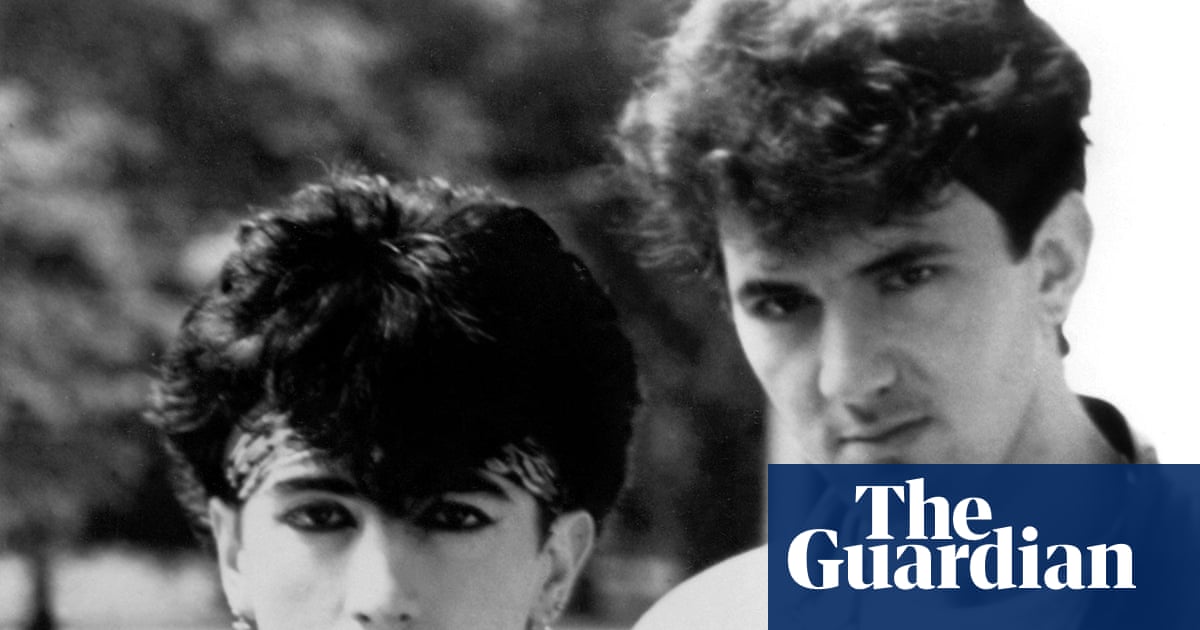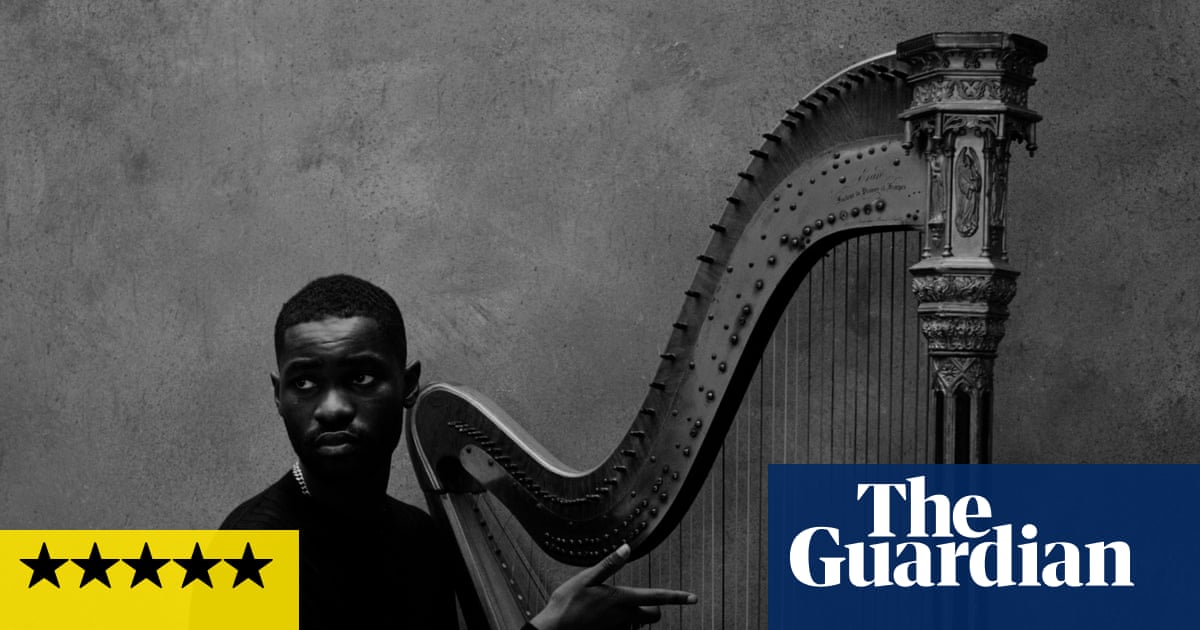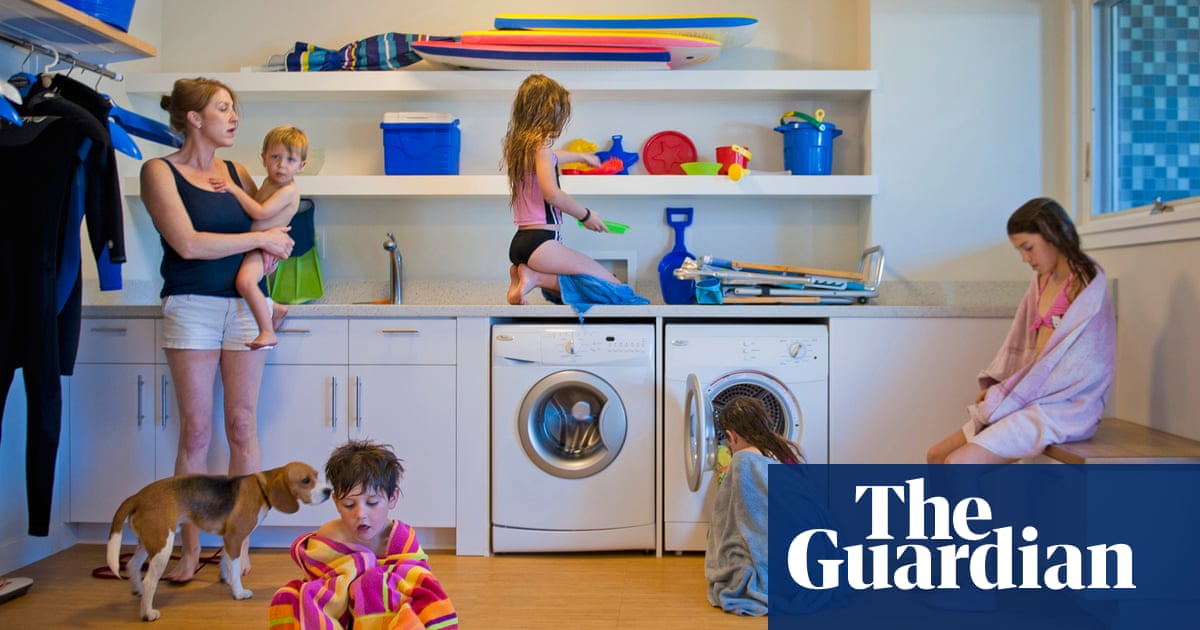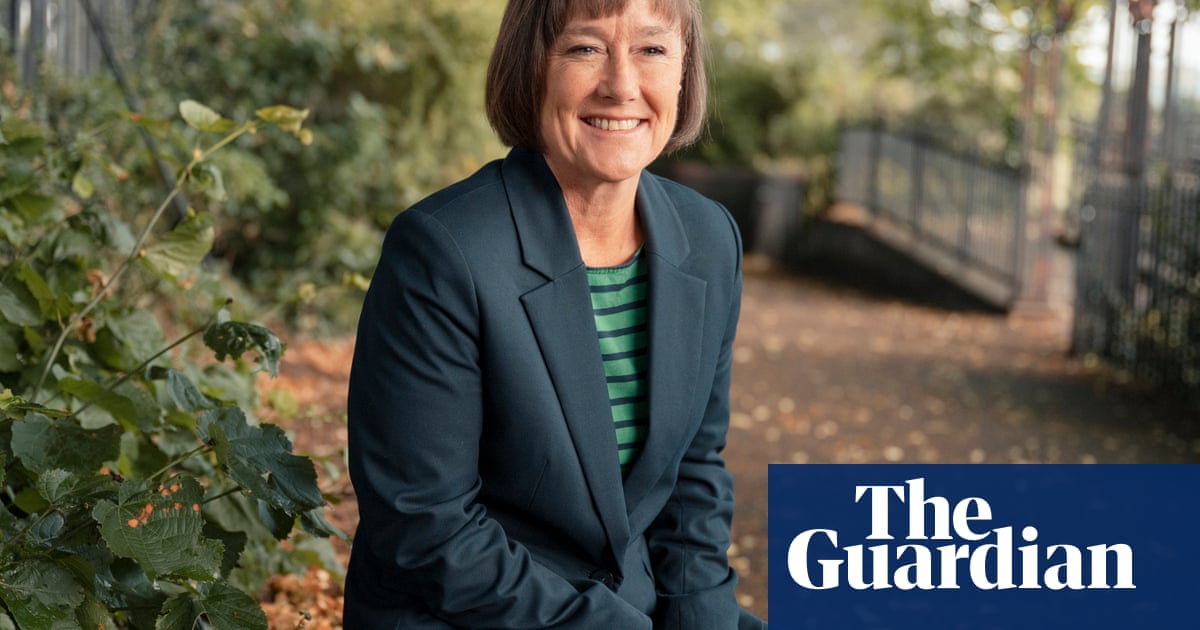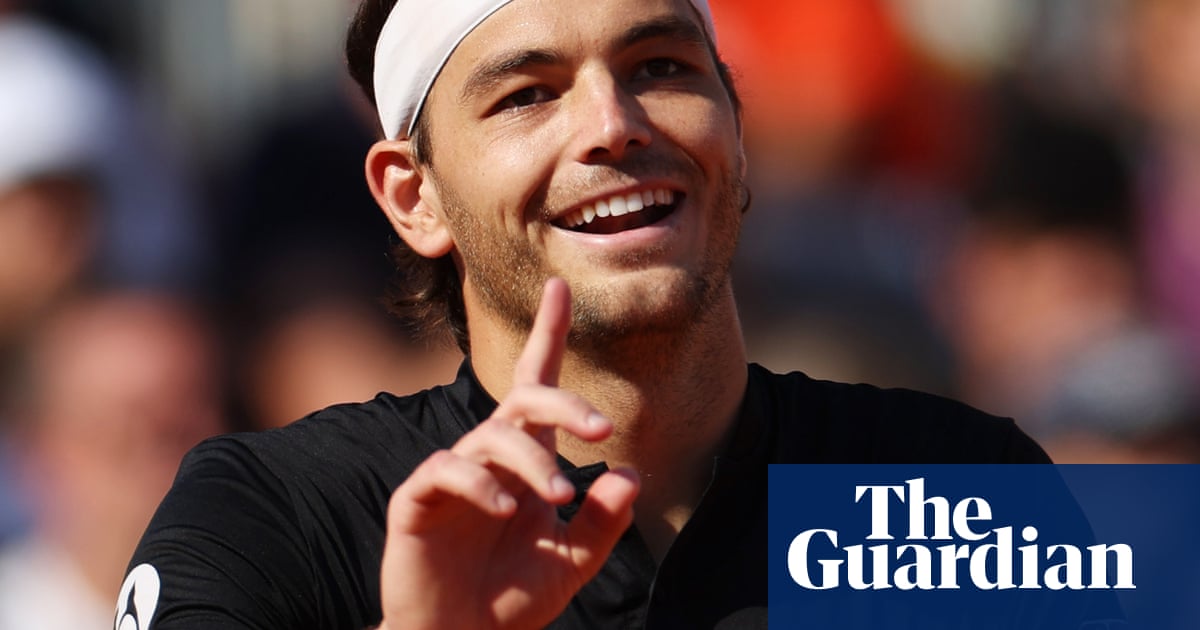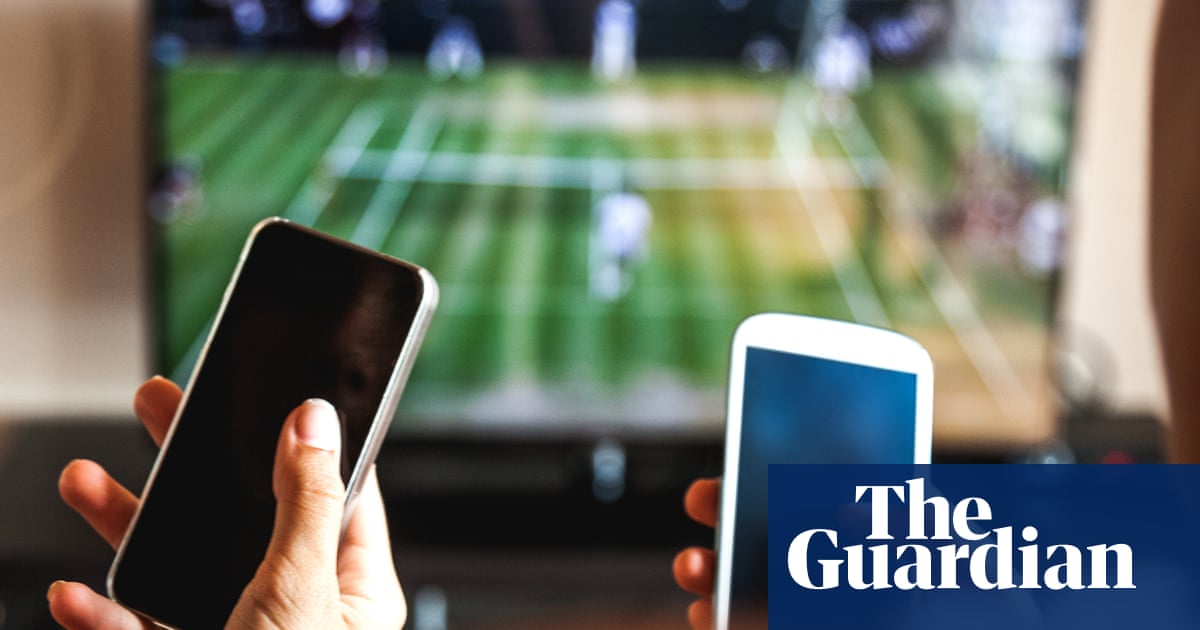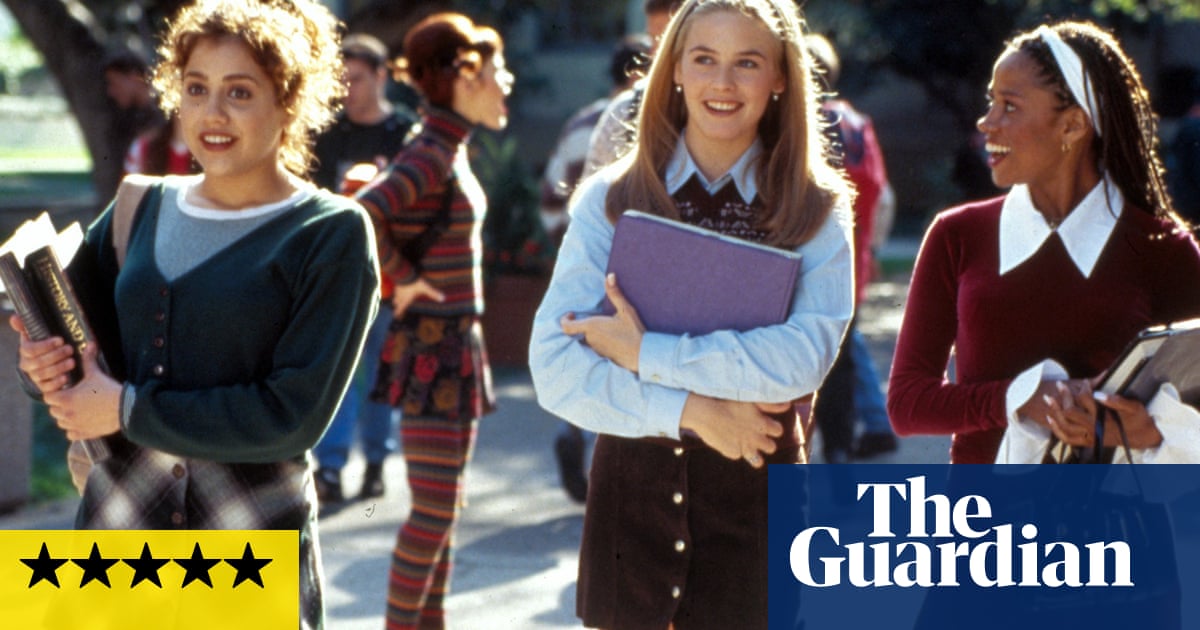From his birds-eye position in the booth, DJ Rakish has noticed a blue light disco effect on the dancefloor when he plays at “straightish” nightclubs. “If people aren’t already in groups, you definitely see the boys hanging around together and the girls hanging around together,” he says. There might be furtive glances here and there but, “particularly with younger people, game just doesn’t seem to exist at the moment”.
Rakish is not alone in noticing a lack of casual flirting between strangers. Clinical psychologist and UCLA professor Dr Elizabeth Laugeson says: “There is some evidence that young adults today are … engaging in less traditional dating behaviour, compared to previous generations.”
As more and more users log off dating apps, singles are seeking novel ways to meet, from speed dating to run clubs to padel and pickleball leagues. In the United States, some have even started organising “flirting parties”. But making a connection in real life means levelling up one’s game. The good news, experienced flirts and experts agree, is that the lost art of flirting can be relearned.
“On the surface, it can kind of look like we’re losing our social skills as a society, and that’s not necessarily untrue,” Laugeson says. There are manifold reasons for this decline, she says, from reliance on technology to the ongoing effects of the Covid-19 pandemic. This doesn’t mean people are less capable of flirting, “it probably just means that they have fewer opportunities to … practise those face-to-face, IRL romantic skills”.
MJ, a Melbourne woman in her early 40s, is experiencing this first-hand. She’s currently using dating apps and says “it’s bleak out there, I tell you”.
“I’m definitely better in person when it comes to flirting. And that’s why it’s kind of sad that the apps are the main way for people to meet each other these days, because you don’t have that room to flirt. You can have a little bit of text banter, but it’s just not the same.”
Rio, a gay man in his early 30s who was introduced to me by a colleague as the best flirt she knows, has plenty of game, but says many of his peers – straight and queer – are “so intimidated about approaching people”.
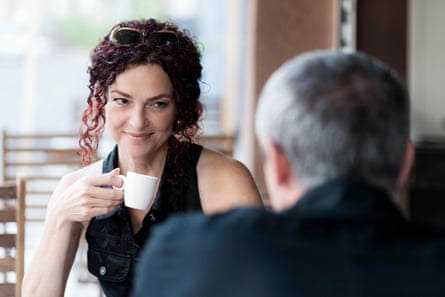
When friends tell him about their romantic woes, he suggests exposure therapy. “I’m like, what you need to do is … talk to the person at the cashier and just say, ‘Hey, how are you? How’s your day?’ … Say thank you to the bus driver … Just have little tiny interactions with people around you.”
Laugeson, who developed an evidence-based and widely used social skills intervention called the Peers program, featured in Love on the Spectrum, has a much more detailed approach with the neurodiverse and socially anxious adults in her program, but her message is similar to Rio’s. Social skills are like muscles: “The more you use them, the stronger they get.”
Her Peers workshops include rules for pre-approach eye contact: hold it for a beat, look away, then look back – don’t stare or body scan. Her recommendations for compliments are even more comprehensive: avoid anything generic or effusive; be specific, modest and, if you must make it physical, stay above the neck – “that pocket square matches your eyes”, not “you’d look great in a Superman costume”.
When you don’t know someone well, broad compliments like “you’re beautiful” or “you’re so smart” are going to be off-putting, Laugeson says. “It comes off as if you’re trying too hard.”
Some of the joy of flirting lies in its ambiguity – a fleeting glance, a smile returned, an inside joke co-created – but even in a subtle game, the rules can be defined. In Peers, Laugeson draws on decades of social research to explicitly break down flirting into behaviours she calls “ecologically valid”.
For Laugeson, successful flirting is behaviour that “feels natural and respectful, but also reciprocal”. While pick-up lines and over the top gestures are technically a form of flirting, “that’s not how we typically define successful flirting”.
Dossie Easton, octogenarian author of The Ethical Slut, a relationship advice book often described as the bible of non-monogamy, has a more poetic definition: “It’s the notion of, I’ll show you my sacred beautiful energy and you show me yours. That’s what flirting is really about. The eyes get bright, the pupils dilate. We show a little of what our turn-on looks like or feels like, and the other person does the same. And that’s how we make connection.”
To flirt well, Easton says, we must “let go of, ‘Am I doing this right? Am I OK? Do I look OK? Should I not do this ‘til I lose 20 pounds? … I’m 80 years old, is this still OK?’ And so on and so forth. And just maybe turn your attention to the other person, and what you’re reading from the other person.”
Body language is critical here. “If I move a step closer to somebody, do they back off? Do they stay put? Do they move closer to me?”
Once you’re already talking, sustained eye contact is also a good way of parsing whether a conversation might be a flirtation. MJ, who is autistic and says she sometimes struggles with this, has a good strategy when she wants to flirt: “I look at people just directly underneath their eyes, which is a lot less pressure than direct eye contact.”
MJ says that for her, flirting is all about great banter. “I like it when someone can impress me, but in a way where they’re not trying too hard.”
Easton agrees. Part of what makes flirting so fun is also the chance to show off. “You do get to put your best self forward.”
In The Ethical Slut, Easton and her co-author Janet Hardy write that flirting should be a goal in itself, not a means to an end. A good example of this is “the way many gay men flirt with straight women – friendly flattery, lighthearted innuendo, nonthreatening intimacy, all made possible by the realisation that the interaction is intended simply for mutual pleasure, not in the hopes of a quick dash to the nearest bedroom”.
For Rio, great flirting “should feel like someone has your back. They’re trying to promote you, essentially – not to be too corporate about it.” He says that even if a gesture catches someone off-guard, the person being flirted with should always feel the interaction is to their benefit.
Easton finds there’s “a certain level of outrageousness” that can work very well. She recalls a time in the late 1970s when “I literally wrote my phone number in a matchbook and walked up to a guy and stuck it in his pocket and left. I just left, just went away. And by god, he called.” They spent some time together dating after that.
Making one big move then leaving the room can be particularly useful when it’s unclear how welcome romantic attention might be – for instance, if the person you fancy works in the service industry. You’re hard put to gauge someone’s true receptiveness when they’re professionally obliged to be friendly to you, Easton says.
She has another rule of thumb for ensuring attention is welcome: “Once is asking, twice is checking and three times is harassment.”
Being conscientious of other people’s boundaries is particularly important for straight men, she says. To be a great flirt, a straight man has to “somehow show that you’re safe”.
“A couple of tall straight men I know when in a flirting situation always take a step back or two to prove that they’re not going to loom. And I think it’s a very wise move.”

When DJ Rakish sees straight men flirt well, “10 times out of 10, it’s based on their … willingness to just dance.
“If you are a straight dude at a club and you’re dancing, already you are doing way more than most of the other people who are just two-stepping to the side.”
Dancing is a matter of enthusiasm, not skill. “You don’t need to be good at it … It signals that idea that maybe you don’t take yourself too seriously and … that can be a signal of safety as well.”
Meanwhile, for women straight and queer, Easton suggests being more forward. “Many of us were raised in such a way that women were never expected to be the initiators.” So, when she was dating in “lesbian land … if you were ready to be an initiator, you kind of had to announce that”.
“As women … we have a responsibility to be more clear.”
For anyone who would like to make an ambiguous flirting situation more obvious, she also suggests simply calling it out. Ask: “Are you flirting with me? Is that what’s going on here? If that’s true, that’s fine, actually.”
Of course, when you tip your hand, there’s always a chance the other person will leave the table. Rakish has advice for anyone who would love to flirt, but fears being turned down. A little bit of rejection is inevitable in matters of the heart, he says. But in the eternal words of Aaliyah: “Dust yourself off and try again … but not with that person.”
-
Alyx Gorman is the author of All Women Want. She will be speaking at Canberra Writers festival on 25 October and Blue Mountains Writers festival on 2 November

.png) 5 hours ago
5
5 hours ago
5


